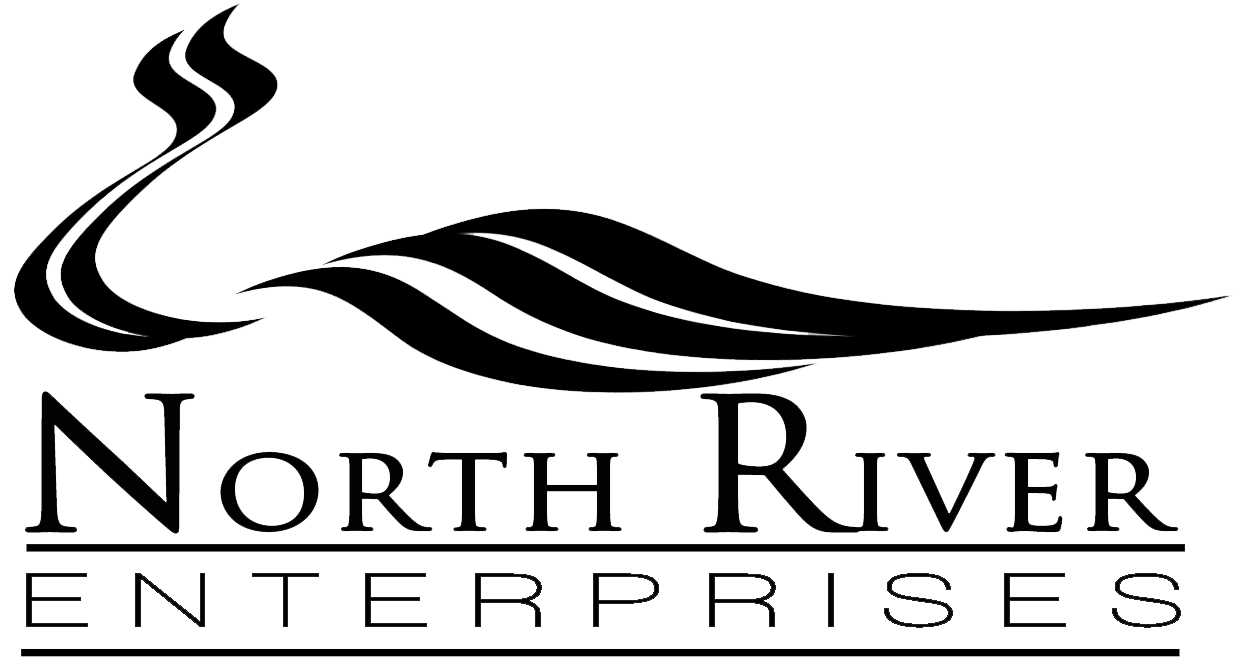The AAFCO Mid-Year Meeting was held January 23-25 in Chattanooga, TN with record attendance of 382 in-person attendees. Prior to the meeting, AAFCO presented a 5 hour workshop about Pet Food Label Modernization to provide a learning opportunity for the required redesign of pet food labels in the near future. The biggest outstanding question is when the states are going to accept the new label format and how they will handle having some old style labels along with new style labels in the market. As of right now…we know of five states that are able to accept the new label format without utilizing regulatory discretion. AFIA did a survey of states and found that some of the states that will need to get the new regulations incorporated into their feed law are planning to do this in the next 2-3 years.
Products which feature an intended use statement that does not match the nutritional adequacy will require redesigned packaging under the new regulations. . For example, a product that is generally intended to be used as a topper for foods (intended use = Species Food Mixer) that is also complete and balanced cannot include multiple intended use statements on the principal display panel (PDP). Firms will have to determine what their actual intended use for the product will be based on an approved list from AAFCO and choose the one verbatim Intended Use Statement that aligns with their intent. If you have a product that is intended to be used as a treat or food mixer but is actually complete and balanced, you can include marketing claims elsewhere on the label to advertise this fact. Additionally, the feeding directions MUST match the nutritional adequacy statement. Going back to the prior example, if you have a product intended to be used as a topper for foods, but it is also complete and balanced based on the nutritional adequacy statement, the feeding directions will be for use as a complete and balanced meal.
Some other questions arose around the “common household unit”. The calories must be expressed in common household units and the feeding directions must match these units. A list of examples of common household units can be located in the 2024 AAFCO Official Publication Regulation PF1(d). For products such as fish food or body parts that do not have a consistent size, this is going to be a challenge. What is a “pinch” or a “shake” of fish food? Firms selling fish foods will likely have to identify a measurement such as an eighth of a teaspoon and will have to revise their feeding directions to match. For products with inconsistent sizing, such as chunks of freeze-dried liver, an average weight of the product will need to be identified to indicate the calories per piece.
The Nutrition Facts will include the calories per common household unit as well as nutrient guarantees per common household unit. The calories should be calculated based on the average nutritional content in the product, NOT the guaranteed nutrient levels.
In the past, states rarely regulated labels on the FDA requirements regarding net weight statement size and style. However, the intended use statement must follow these same guidelines and must be at least the required size per FDA 16 CFR 500.21. The intended use statement and the net weight statement must be bolded.
There is now an accepted method to measure dietary fiber: AOAC 991.43. This method should be used to analyze all products to determine the maximum dietary fiber guarantee that is now required in the nutrition facts.
All in all, the workshop was beneficial for cementing our knowledge about the upcoming label changes and clearing up some aspects of the new regulations. As always, we are here to assist with your labeling compliance. If you have any questions about these upcoming changes or are looking for assistance navigating these turbulent regulatory times, reach out to us today!
